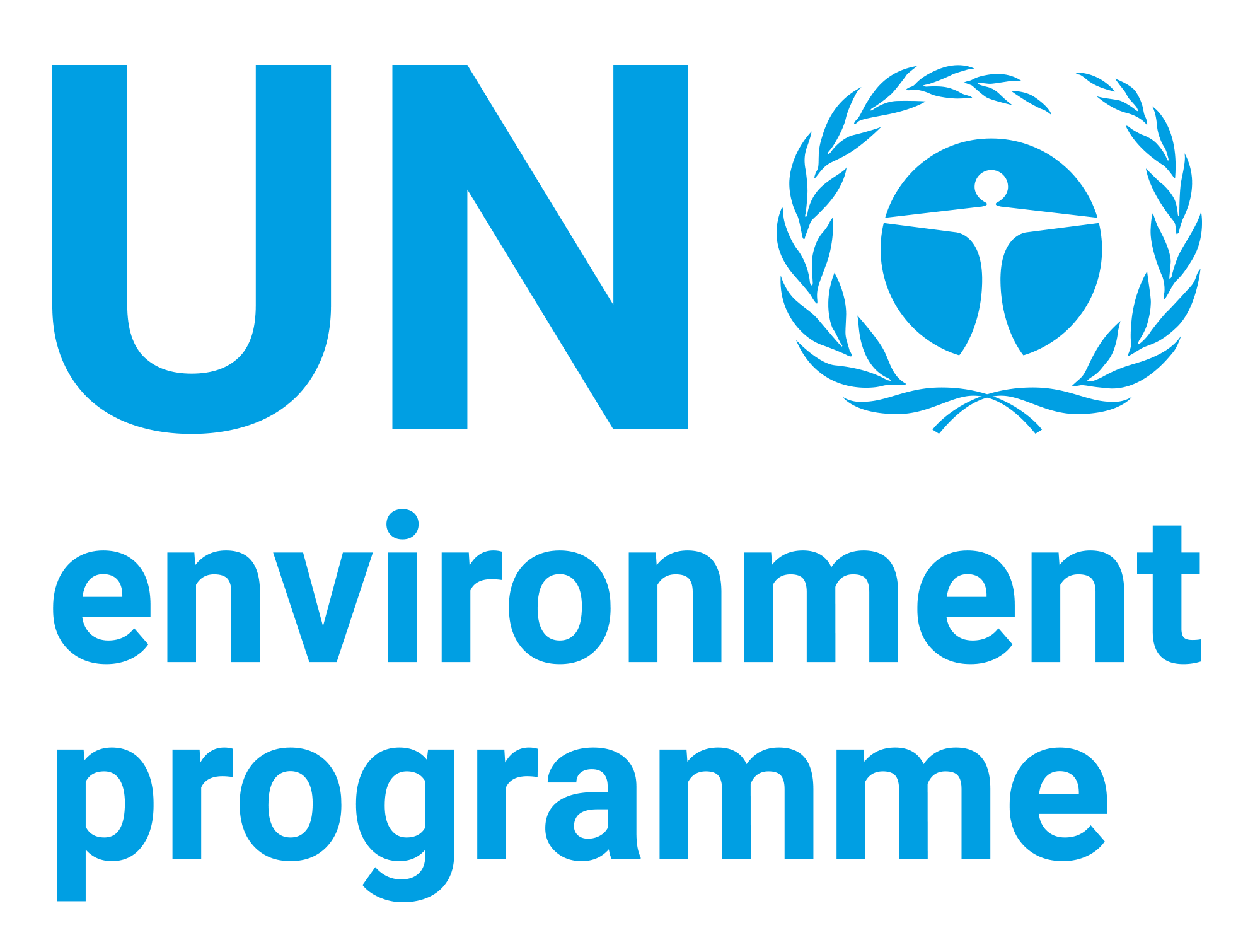Aviation and the Global Atmosphere

Date
2008Author
Intergovernmental Panel on Climate Change
Citation Tool
Bibliographic Managers
RT Generic T1 Aviation and the Global Atmosphere A1 Intergovernmental Panel on Climate Change YR 2008 LK https://wedocs.unep.org/20.500.11822/8687 PB Intergovernmental Panel on Climate Change (IPCC) AB TY - GEN T1 - Aviation and the Global Atmosphere AU - Intergovernmental Panel on Climate Change Y1 - 2008 UR - https://wedocs.unep.org/20.500.11822/8687 PB - Intergovernmental Panel on Climate Change (IPCC) AB - @misc{20.500.11822_8687 author = {Intergovernmental Panel on Climate Change}, title = {Aviation and the Global Atmosphere}, year = {2008}, abstract = {}, url = {https://wedocs.unep.org/20.500.11822/8687} } @misc{20.500.11822_8687 author = {Intergovernmental Panel on Climate Change}, title = {Aviation and the Global Atmosphere}, year = {2008}, abstract = {}, url = {https://wedocs.unep.org/20.500.11822/8687} } TY - GEN T1 - Aviation and the Global Atmosphere AU - Intergovernmental Panel on Climate Change UR - https://wedocs.unep.org/20.500.11822/8687 PB - Intergovernmental Panel on Climate Change (IPCC) AB -View/Open
Item Statistics
Display item statisticsMetadata
Show full item recordDescription
This report provides accurate, unbiased, policy-relevant information to serve the aviation industry and the expert and policymaking communities. This report considers gases and particles such as carbon dioxide, methane and ozone gases that are emitted by aircraft into the upper atmosphere and the role that they play in modifying the chemical properties of the atmosphere and initiating the formation of condensation trails (contrails) and cirrus clouds. This report also examines how the radiative properties of the atmosphere can be modified as a result, possibly leading to climate change and how the ozone layer could be modified, leading to changes in ultraviolet radiation reaching the earth's surface. This report further attempts to project future growth of aviation emissions. It also considers how potential changes in aircraft technology, air transport operations and the institutional, regulatory and economic framework might affect emissions in the future. Current and future impacts of subsonic aviation and radiation forcing and UV radiation are thoroughly examined. This section lays emphasis on carbon dioxide, ozone, methane, cirrus clouds, sulfate and soot aerosols among others. Climate effects and effects of subsonic aircrafts on UV-B are also examined. This report further presents various options to reduce emissions and impacts suitable for fuel, operational, regulatory, and economic functions, aircraft and engine technology options. It briefly outlines various issues that would need to be addressed in the near future so as to reduce scientific uncertainty that has limited scientists' ability to project aviation impacts on climate and the ozone.
Collections
Document Viewer
To read more, scroll down below.
Related items
Showing items related by title, author, creator and subject.
-
Climate Change 1992: The Supplementary Report to the IPCC Impacts Assessment
Intergovernmental Panel on Climate Change (Intergovernmental Panel on Climate Change (IPCC), 2012)March 1991. These tasks were: prediction of the regional distributions of climate change and associated impacts studies, including model validation studies -
Carbon Dioxide Capture and Storage
Intergovernmental Panel on Climate Change (Intergovernmental Panel on Climate Change (IPCC), 2012)This Intergovernmental Panel on Climate Change (IPCC) Special Report provides information for policymakers, scientists and engineers in the field of climate change and reduction of CO2 emissions. It describes sources, ... -
Reducing Emissions from Deforestation: global mechanisms, conservation and livelihoods (2007)
United Nations Environment Programme World Conservation Monitoring Centre (UNEP, 2007)This briefing considers the implications for biodiversity conservation and local people's livelihoods of the current discussion on reducing emissions from deforestation in developing countries (RED-DC, henceforth RED) under ...




